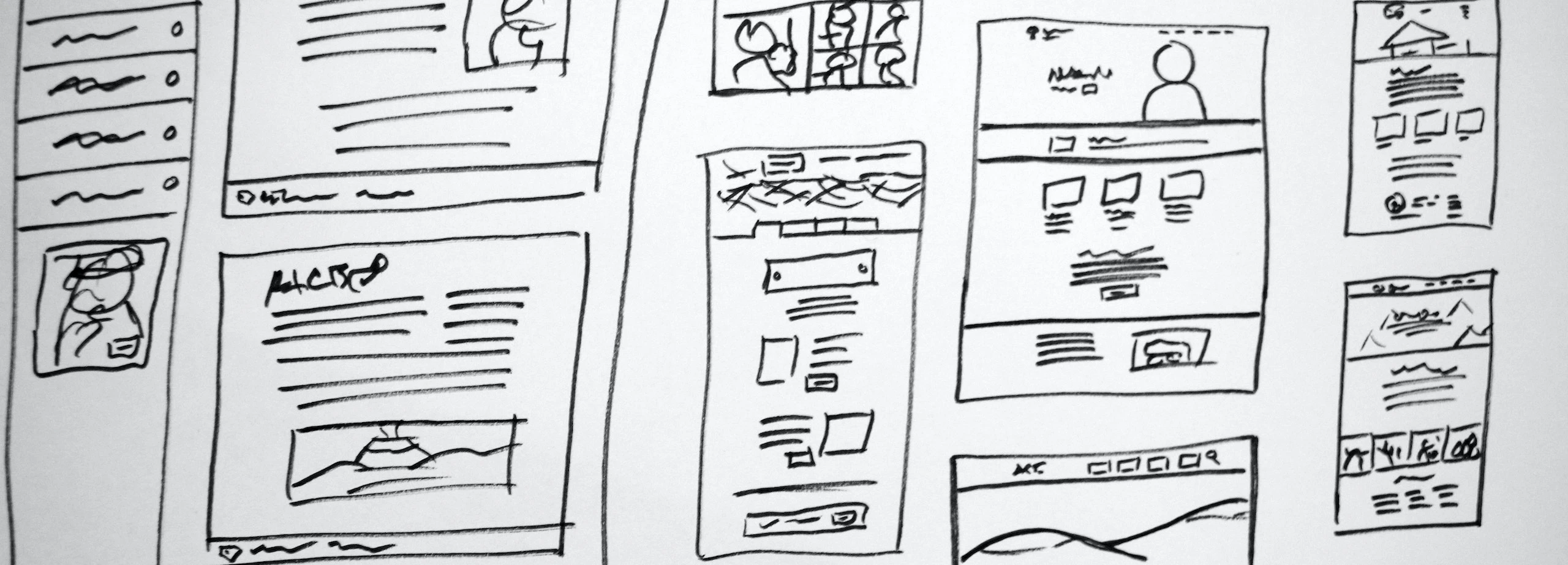“Conversion rate optimization” (or CRO) has become a buzzword in the past few years, but the practice itself is often misunderstood and misused.
Many marketers conflate CRO with A/B testing and end up haphazardly trying out different button colors, headlines, images, and other elements without really knowing why. More often than not, tests run without a basis in evidence make a negligible impact on performance and deter businesses from pursuing CRO in earnest and realizing its true value.
In short, conversion rate optimization is a scientific approach to making websites and digital marketing more effective and efficient. It’s equal parts understanding your customers and their behavior, coming up with more compelling user experiences, and using testing to make data-driven decisions.
Rather than putting the emphasis on driving more people to your site, it’s about getting more of those people to take action — whether that means becoming a new lead, buying something, making bigger and more frequent purchases, or all of the above. By taking this approach, we’ve often been able to double (or in some cases triple and quadruple) online lead generation, e-commerce sales, revenue, and ROI.
All of the traffic in the world won’t make a difference if you can’t get them to take action. Being successful online means both reaching the right people and inspiring them to do business with you.
How Conversion Rate Optimization Works
In practice, these exceptional results are accomplished through rigorously developing and testing ideas for improving messaging, site flow, design, offers, and occasionally even business, product, and marketing strategies. It breaks down into four phases: research, strategy, creative, and testing.
Research
While it can be tempting to jump right into A/B testing, the hardest and most valuable part of conversion rate optimization is discovering what to test — and that requires a great deal of research, strategic thinking, and creative execution to get right.
We start with a combination of qualitative research (usually surveying and interviewing customers, as well as the client’s marketing, sales, customer service, and leadership teams) and quantitative research (reviewing analytics and user behavior, understanding marketing efforts to date, and identifying what’s working well and what’s not).
Strategy
Using that research, we synthesize our findings into a list of hypotheses for improving the site, prioritize those ideas by their expected impact and ease of implementation, and then group them into a series of tests. Those tests form the initial “testing roadmap” — a living document that guides the ongoing development, execution, and analysis of our tests.
The testing roadmap will often encompass 50 – 100 individual ideas at the outset. Early on, with poorly optimized sites, we often group large numbers of ideas into each test to get big wins quickly and elevate performance to a new plateau. Those early tests typically consist of high impact, low risk, easily made changes to messaging, design, and user flow.
High effort, high risk, and low reward ideas are generally left for later in the testing timeline. High risk ideas in particular (for example, changing pricing strategy, product mix, guarantees, and other big moves) are always tested individually to ensure we isolate their impacts — whether those end up being positive or negative.
Creative
Having the right ideas and priorities is obviously critical, but so is execution: even brilliant ideas can fall flat if they aren’t brought to life the right way.
While some firms are content to take on a purely consultative approach, deliver recommendations, and let the client execute, we’ve found that successful conversion rate optimization requires infusing that perspective into every word, every layout and design, and even the final, functional, coded page(s).
To deliver that, we’ve assembled a team of true specialists in each department: our copywriters, designers, and developers each have 10+ years of experience in their field. Just as importantly, they understand digital, user experience design, and are in alignment with our goals and values.
Testing
After all of the above, we finally get to the actual testing part of the equation. We’re usually 45 – 60 days into the engagement before we launch any tests because that’s the only way we can ensure we test what matters and make a big impact quickly.
As for the actual mechanics of testing, we use A/B testing tools like Optimizely, VWO, and Google Optimize to carry out split tests that evenly divide your traffic between the old and new versions of the pages we’re testing. They then keep score by counting the number of visitors, conversions (leads, sales, revenue, and other end outcomes), the rate at which visitors convert, and finally the statistical difference in those conversion rates.
We insist on testing everything we recommend and on running those tests until we have enough data to confidently declare a winner. That’s not only a safeguard to make sure we only roll out changes that will have a positive impact — it’s also how we protect against our own biases and instincts, like loss aversion, the sunk cost fallacy, seeing trends where there may not be one, and so on.
Results
The outputs of this entire process are concrete, reliable results that allow us to make better informed decisions about what your customers really care about, how to provide the best user experience possible, and ultimately how to drive better and better marketing performance over time.
Getting great results isn’t about what we think is compelling — it’s about what your customers react to. Conversion rate optimization takes the guesswork, the biases, and the egos out of the equation to give us clarity on what actually works.
While there’s nothing more exciting than a big win (and thankfully we have a strong batting average due to our hard won experience and continually refined process), there’s also nothing more instructive than a losing test.
We prize big wins above almost all else, but integrity is just as important. We see our job as always being in our client’s corner and pushing for their best interests. CRO guarantees that we’re doing the right thing and helping grow their businesses in sustainable, profitable ways.




